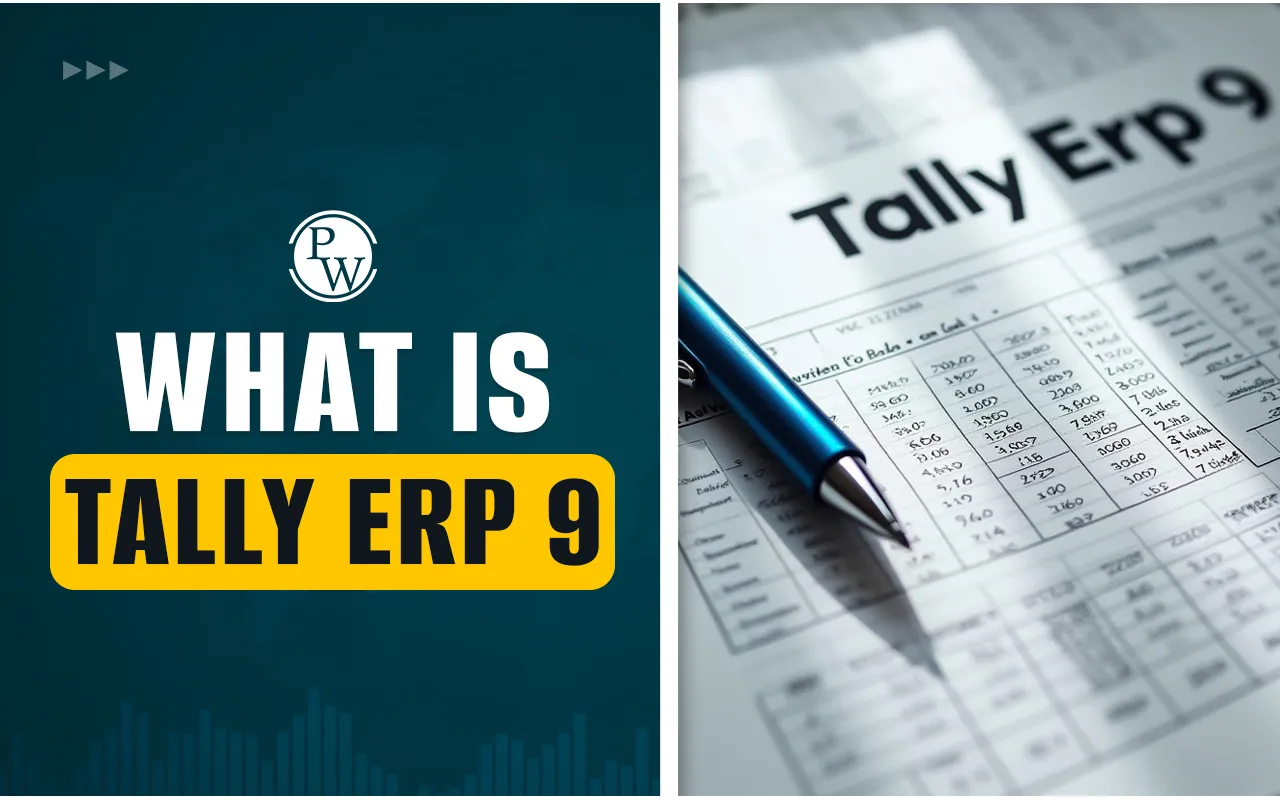

Financial modeling is an essential skill for anyone working in investment banking, corporate finance, and other financial sectors. One of the most fundamental tools used in these fields is the 3-Statement Model, which integrates the Income Statement, Balance Sheet, and Cash Flow Statement. Mastering this model is crucial as it provides a comprehensive view of a company’s financial health and projections. This guide will walk you through everything you need to know about the 3-Statement Model, including a full tutorial, a step-by-step guide, and even an Excel file to get you started.
What is a 3-Statement Model?
The 3-statement model is a financial model that consolidates a company’s three core financial statements into one unified framework: the Income Statement, Balance Sheet, and Cash Flow Statement. Each statement serves a unique purpose, but together they provide a holistic view of the company's financial health.
- Income Statement - Shows a company's revenues, costs, and profits over a specific period.
- Balance Sheet - Provides a snapshot of a company's assets, liabilities, and equity at a particular point in time.
- Cash Flow Statement - Tracks the movement of cash in and out of a business, helping you understand how a company is generating and using cash.
Also Check: Financial Modeling Techniques and Applications
Building the 3-Statement Model in Excel
To create a 3-statement model, you will need to input historical financial data for a company and then project future figures. The goal is to understand how changes in one financial statement affect the others, offering a comprehensive view of the company's financial condition.
Step 1: Inputting Historical Financial Data
Start by gathering the historical financial data of a company, often found in its 10-K filings, quarterly reports, and investor presentations. Input the historical data for at least three years into the respective sections of the 3 financial statements: Income Statement, Balance Sheet, and Cash Flow Statement. You will link these statements so that the changes in one statement reflect in the others.
Step 2: Projecting the Income Statement
The next step is to project future revenues and expenses for the company. While it’s possible to project revenues using simple year-over-year growth percentages, a more detailed approach involves using market share analysis and other business drivers.
For example, you can break down the revenue into different segments like product sales, services, and other income sources. Apply assumptions about the future performance of these segments based on market trends, company strategy, and industry growth.
Step 3: Projecting the Balance Sheet
In this step, project items like working capital, long-term debt, and shareholders’ equity. A common approach is to use historical relationships to estimate future values. For example, forecast accounts receivable as a percentage of revenue, and inventory as a percentage of cost of goods sold (COGS). Keep in mind that some items, like capital expenditures (CapEx), may be forecasted based on assumptions of future growth.
Step 4: Projecting the Cash Flow Statement
The Cash Flow Statement is projected based on the previous two statements. Start by projecting cash flows from operating activities, which is usually derived from the Net Income figure from the Income Statement. From here, adjust for changes in working capital, non-cash expenses like depreciation and amortization, and capital expenditures.
Step 5: Linking the Statements
Once all the projections are in place, it's time to link the statements. The Income Statement will drive the Cash Flow Statement, and the Balance Sheet will reflect the changes in assets, liabilities, and equity based on the projections from the Income Statement and Cash Flow Statement.
For example, if your company is projecting a profit, that will be reflected as an increase in retained earnings on the Balance Sheet. Similarly, any changes in debt will affect both the Balance Sheet and the Cash Flow Statement.
Also Check: Financial Benchmarking: Comparing Company Performance
The Importance of the 3 Statement Modeling Test
When applying for positions in investment banking or financial analysis, you may be asked to complete a 3-statement modeling test. This test typically assesses your ability to build a model under time pressure, simulating real-world financial modeling tasks.
In these tests, you may be provided with raw data and asked to create a financial model from scratch. The challenge lies in your ability to structure the model efficiently, make assumptions based on available data, and link the three financial statements correctly.
Best Practices for the 3-Statement Model
Here are some best practices to help you when working with the 3-statement model:
Simplify When Necessary: If you’re short on time, simplify your assumptions. For instance, in a 3-statement modeling test, using basic assumptions (like growth rates or percentages) can save you time and keep the model manageable.
Ensure Consistency Across Statements: The key to a successful 3-statement model is consistency. Ensure that the Balance Sheet, Income Statement, and Cash Flow Statement align perfectly. For example, if the Cash Flow Statement shows an increase in cash, ensure that it reflects as an increase in the cash line on the Balance Sheet.
Test Your Model: After completing your model, double-check that the statements balance and that there are no discrepancies between them. This is essential for verifying the integrity of your model.
Also Check: 80-20 Rule in Finance: All You Need to Know
Using Excel for 3-Statement Modeling
Building a 3-statement model in Excel can be challenging, but there are several tips to help streamline the process:
Use Excel Shortcuts: To build the model efficiently, learn Excel shortcuts for navigating between cells, copying formulas, and automating common tasks like linking data across sheets.
Organize Your Model: Structure your model with clear headings and color-coded sections for inputs, calculations, and outputs. This will make it easier to navigate and troubleshoot.
Keep It Dynamic: Rather than using static numbers, build your model to be dynamic. This allows you to change assumptions (like growth rates) and automatically update all three financial statements.
The 3-statement model is a crucial financial tool that provides insight into a company’s performance and projections. Whether you're preparing for a 3 statement modeling test or building a model for personal use, understanding the interactions between the 3 financial statements is essential.
With practice, you can gain proficiency in Excel and financial modeling, making the process quicker and more efficient. For those serious about pursuing a career in finance, mastering the 3-statement model is a must-have skill that will serve you well in investment banking, corporate finance, and financial analysis.
By following this guide and practicing regularly, you can confidently approach the 3-statement modeling test and develop sophisticated financial models to assess companies, investments, and strategic decisions.
Keep honing your skills, and soon, you’ll be able to build these models with ease, whether in a professional setting or as part of your investment analysis toolkit.
Advance Your Career with the Financial Modeling Course
If you’re serious about building a career in finance and wish to understand and predict financial downturns with precision, we strongly recommend enrolling in the Financial Modeling Course with Deloitte Learning Academy.
Whether you're a student or a working professional, the Financial Modeling Course with Deloitte Learning Academy is an invaluable resource to strengthen your expertise and confidence in volatile financial environments.
3-Statement Model FAQs
What is a 3-statement model in financial modeling?
Why is linking all three financial statements important?
Do I need to be an expert in Excel to build a 3-statement model?
How long does it take to learn the 3-statement model?













